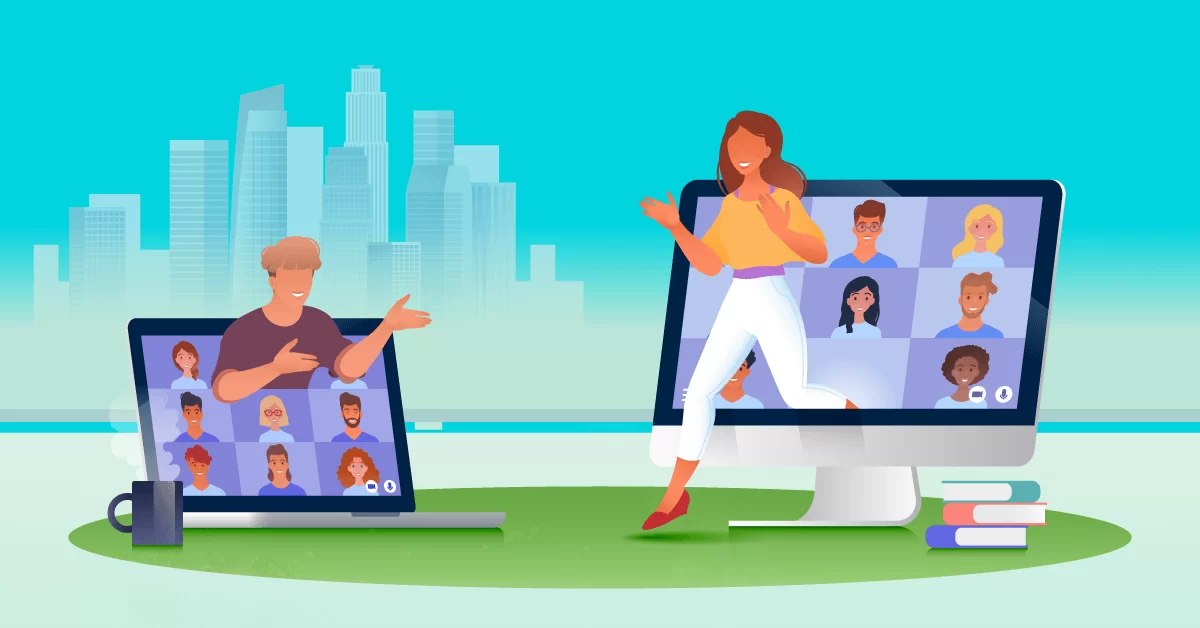Republished from original post on Capterra blog by @rgogos
 Games create engagement – a necessity for any learning experience –
Games create engagement – a necessity for any learning experience –
however just how effective is gamification in improving learning
outcomes? I recently listened to a fantastic interview with Bloomsburg University Professor Karl Kapp on the subject and I would like to bring up the main points in this post.
What is gamification?
Karl Kapp, author of The Gamification of Learning and Instruction: Game-Based Methods and Strategies for Training and Education, defines it as the use of game-based mechanics, aesthetics and game thinking to engage people, motivate action, promote learning and solve problems. He says it’s much more than just adding rewards, points, and badges to processes to motivate people – it’s the instructional method, and not just the delivery system, that provides the elements for learning in a game situation i.e. we must ask what pieces in games makes them engaging such as interactivity, content, story.
Impact of gamification
A study done by Traci Sitzmann, an assistant professor of management at the University of Colorado Denver Business School, found that “employees trained on video games learned more factual information, attained a higher skill level and retained information longer than workers who learned in less interactive environments.” She found that games provided a high level of instruction, but she also noted that it wasn’t just dependent on the game per se, but the interactivity or the elements that make the game engaging. In other words, the engagement of the learner in the game leads to learning.
Gamification is taking elements of gaming and adding them to traditional instruction. Instructional designers have been using some elements for years, like stories, case studies, or interactive activities – but Karl Kapp suggests gamification is more about taking into consideration interactivity and engagement first, and objectives second.
How do different types of games teach different content?
So what’s emerging is that effective gamification is not about layering goals and rewards on top of content, but rather about “adopting a game-thinking mentality in order to integrate game mechanics into learning in a planned approach. The ultimate goal is to create positive learning outcomes while users are engaged and motivated.”
Listed In the following table are which games are appropriate for certain types of content:
|
Instructional focus |
Best game types |
|
Teaching facts (declarative knowledge games, i.e. the only way to learn it is through memorization) |
matching games, multiple choice, organization – drag/drop |
|
Conceptual knowledge games |
examples, non-examples, results of conceptual understanding |
|
Procedural/ rules-based knowledge |
board games in which you predict and apply rules, observe consequences of rules |
|
Problem solving knowledge games |
Branching simulation, using a virtual world (where a person is behind an avatar which means infinite branching) |
While there are clearly situations where gamification can engage and deliver, Kapp warns us that games are not a solution for every instructional program. For more on the gamification of learning and instruction, I highly recommend Kapp’s book, The Gamification of Learning and Instruction: Game-Based Methods and Strategies For Training And Education.
Enterprise gamification
Gamification hasn’t just affected training – gamification of the workplace or Enterprsie gamification is a fast-growing business. Companies are now also “gamifying” various business processes to motivate employees, fundraise for causes, and market products.
Tech-industry research firm Gartner estimates that by 2014, “some 70% of large companies will use the techniques for at least one business process. Market researcher M2 Research estimates revenue from gamification software, consulting and marketing will reach $938 million by 2014 from less than $100 million this year.”
While gamification has proved effective gaming, experts say companies need to make sure that the games are not just doling out meaningless awards or badges. Overuse will cause gamification to be “trivialized and non-impactful.”
The bottom line?
Gamification is on fire but isn’t a strategy for everyone and everything. A little background information and the right tools however will enable us to strike when the time is right.
About the author
Roberta Gogos is a Social Media & Content Marketing Consultant and eFront Learning’s Community Manager, she is contributing author to a number of blogs and focuses on social media, culture-specific communication, technology, and elearning. She can be contacted @rgogos or via LinkedIn.


